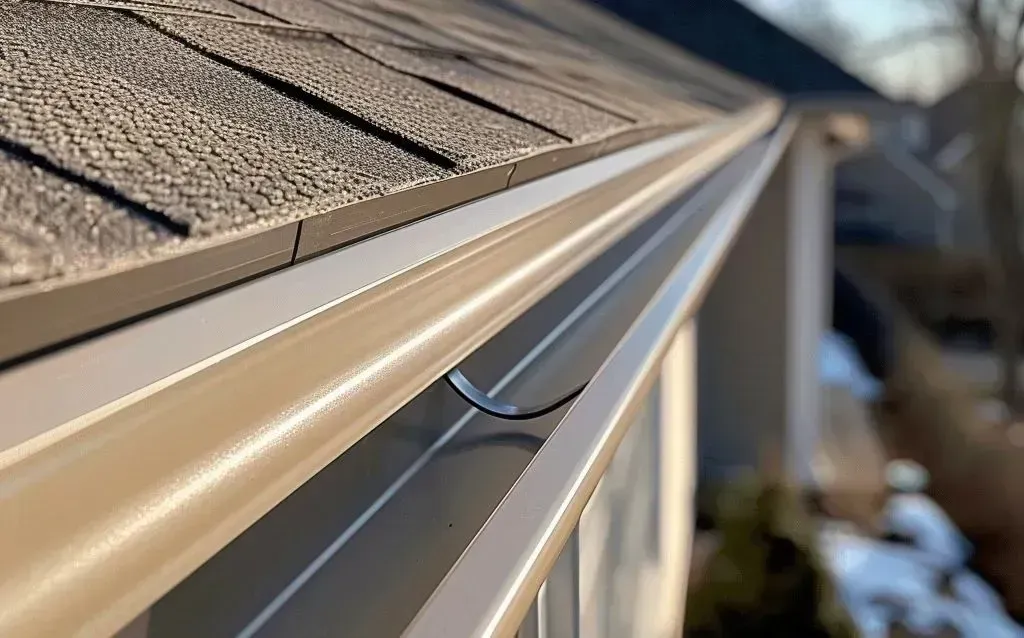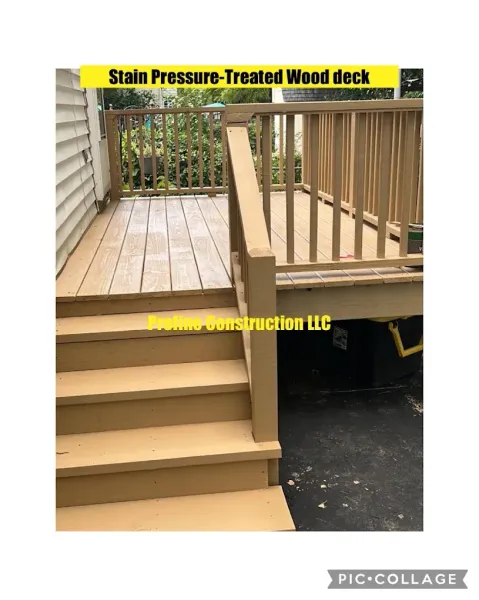Introduction
Planning a kitchen remodel can feel like an overwhelming task, especially when considering the long-term benefits and potential pitfalls. A well-executed kitchen renovation not only enhances your cooking experience but can significantly increase your home’s value. With the right guidance, you can navigate through the choices of materials, layouts, and designs that will pay off in the long run.
This article provides a comprehensive guide on how to plan a kitchen remodel that pays off long-term. From budgeting to choosing the right materials, and understanding trends, we’ll cover every aspect to ensure your project is successful, enjoyable, and profitable.
Understanding Your Kitchen Needs
Assessing Your Current Kitchen Layout
Before diving into any remodeling plans, kitchen remodeling take a moment to assess your current kitchen layout. What's working for you? What isn’t?
- Pros: List down what you love about your current kitchen design. Cons: Identify pain points or areas that need improvement.
By understanding these aspects, you can create a more functional space tailored to your lifestyle.
Identifying Functional Requirements
Consider what functionality means for you. Are there specific appliances or storage solutions that would enhance your cooking experience? Think about incorporating:
- Energy-efficient appliances Smart storage solutions Work zones for prep and cooking
These elements can drastically improve how you use your kitchen daily.
Setting a Realistic Budget
How Much Does a Kitchen Remodel Cost?
The cost of remodeling varies widely depending on factors such as location, materials used, and the scope of work involved. On average, homeowners spend around $20,000 to $50,000 on a mid-range kitchen remodel.
Cost Breakdown Example:
| Expense Category | Estimated Cost ($) | |-----------------------------|--------------------| | Cabinets | 10,000 | | Countertops | 3,000 | | Appliances | 5,000 | | Flooring | 4,000 | | Labor | 8,000 | | Miscellaneous | 2,000 | | Total | 32,000 |
Creating a Contingency Fund
When budgeting for renovations, it’s wise to set aside an additional 10-20% for unexpected expenses. This ensures that if something goes awry—like discovering plumbing issues—you won't have to halt the project mid-way.
Choosing the Right Materials
Best Materials for Kitchen Countertops
Countertops are one of the most visible aspects of your kitchen remodel. Consider both aesthetics and practicality when selecting materials:
- Quartz: Durable and low-maintenance Granite: Offers unique patterns but requires sealing Butcher Block: Warm aesthetic but needs regular oiling
Each material has its pros and cons; choose one that fits both your style and lifestyle.
Smart Kitchen Storage Solutions
Maximize space efficiency with innovative storage solutions:
- Pull-out drawers Corner cabinets with lazy Susans Vertical storage for pots and pans
These options keep your kitchen organized while also enhancing its usability.
Design Trends That Pay Off
Top Remodeling Trends This Year
Staying abreast of current design trends can greatly enhance appeal:
Open-concept designs Sustainable materials Smart technology integrationIncorporating these trends not only makes cooking more enjoyable but also increases resale value when done thoughtfully.
Choosing Finishes That Won’t Go Out of Style
Opt for timeless finishes rather than fleeting trends:
- Classic white cabinetry Neutral-colored walls Subway tile backsplashes
These elements create an ageless look that maintains its charm over years.
Kitchen Lighting Plans That Work
Why Is Lighting Important in Kitchens?
Good lighting enhances safety and creates an inviting atmosphere. Incorporate layered lighting by combining:
- Task lighting (under-cabinet lights) Ambient lighting (pendant fixtures) Accent lighting (highlighting artwork)
This approach allows flexibility in setting different moods while cooking or entertaining.
Managing Stress During Remodeling
How to Manage Remodeling Stress Effectively?
Remodeling can be stressful; however, proper planning helps alleviate anxiety:
Create a timeline Communicate clearly with contractors Set realistic expectationsBy preparing yourself mentally and practically for disruptions during renovations, you’ll enjoy the process much more!
Kitchen Layout Mistakes to Avoid
What Layouts Work Best?
Avoid common mistakes like:
Poor workflow between stove-sink-refrigerator (the work triangle) Insufficient counter space Overcrowded layoutsEnsure that the design promotes easy movement while cooking or prepping meals.
Planning Around Existing Plumbing Locations
If you're not relocating plumbing fixtures:
- Design around existing pipes Optimize efficiency without incurring high costs
This tactic saves both time and money during renovations.
Energy-Efficient Appliances for Modern Kitchens
Investing in energy-efficient appliances not only lowers utility bills but also appeals to eco-conscious buyers when selling:
Look for ENERGY STAR ratings. Consider induction cooktops over gas stoves. Choose refrigerators with adaptive cooling technology.These appliances enhance functionality while being kind to the environment!
How to Prioritize Remodeling Projects?
Identify which areas need immediate attention versus those that can wait:

By tackling projects systematically based on urgency and necessity, you’ll maximize impact without overwhelming yourself financially or emotionally!
Common Bathroom Remodeling Mistakes
While we're focused on kitchens here—and there's plenty more ground to cover—bathrooms are often part of broader remodels! Avoid typical missteps like neglecting waterproofing measures during construction or skimping on ventilation systems which could lead costly repairs later down line!
Conclusion
Planning a kitchen remodel that pays off long-term involves careful consideration at every stage—from budgeting appropriately to selecting timeless designs and efficient layouts tailored specifically towards how you live day-to-day! By prioritizing smart choices now—whether regarding materials used within this critical space—or ensuring good organization throughout entire project lifecycle—you'll reap rewards soon enough both functionally & financially after completion!
FAQs
What is the average cost of a kitchen remodel?
The average cost ranges from $20k-$50k depending on material choice & size/scale involved in renovation itself!
How do I choose energy-efficient appliances?
Look for ENERGY STAR ratings which indicate higher efficiency levels compared traditional models available out there today!

What's important about cabinet selection?

How should I handle unexpected costs during remodeling?
Always set aside contingency funds covering 10%-20% overall budget - this way surprises won’t derail progress nor cause stress unnecessarily later down road ahead!
Can I do my own remodeling work?
If knowledgeable & skilled enough DIY enthusiasts might tackle simpler tasks themselves; however consider hiring professionals where complexity arises (i.e.: electrical/plumbing).
6 . What makes open-concept kitchens appealing?
Open layouts foster social interaction between family members/guests making gatherings much easier while still allowing flexibility within spaces utilized efficiently all-around!
Remember: Planning thoroughly today leads toward successful renovations tomorrow! So gather insights shared here together—create beautiful spaces reflecting who YOU truly are inside-outwardly too ultimately yielding fantastic returns long after final touches applied!